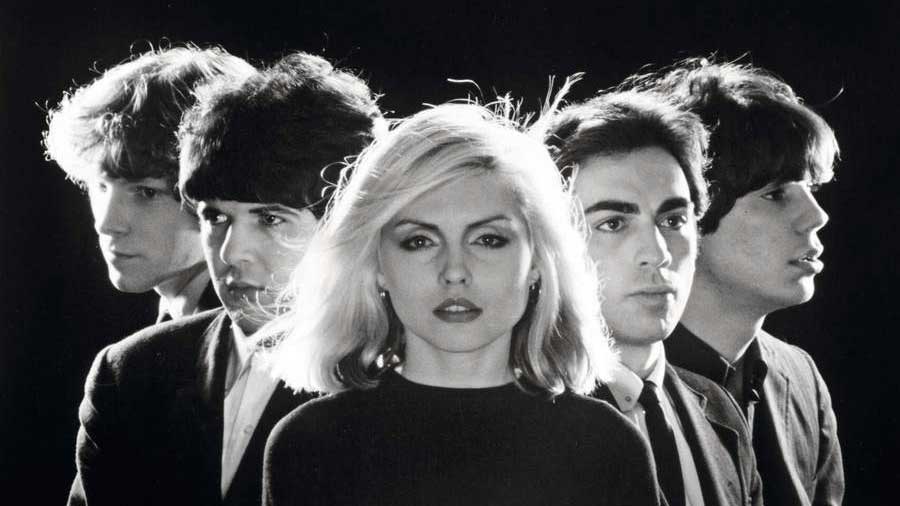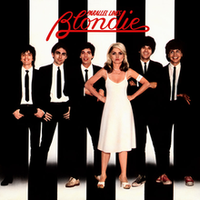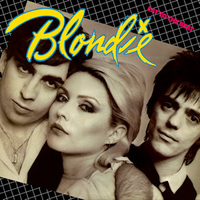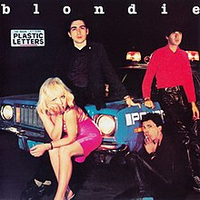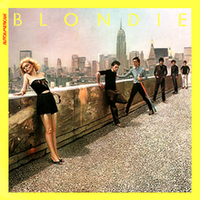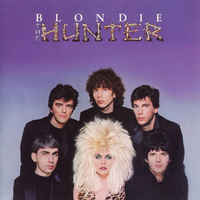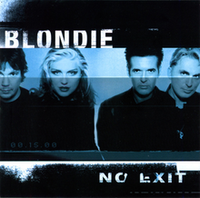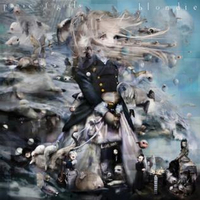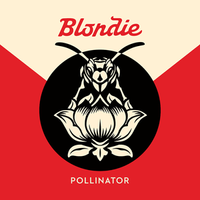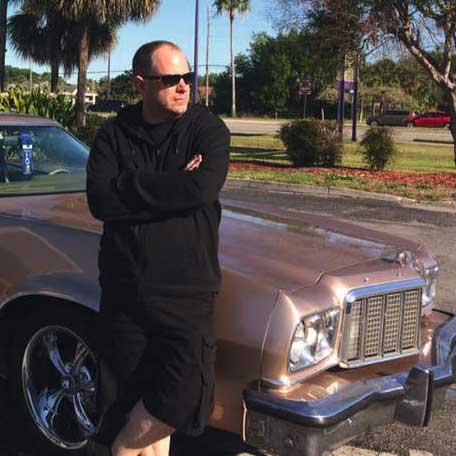Invariably linked with New York’s punk rock explosion of the late 70s, Blondie had the street smarts and rebellious attitude to coincide with rock’n’roll’s burgeoning nihilism just by being in the right place at the right time. But as a band originally influenced by a musical melting pot of early-60s doo-wop to garage rock, their intelligent lyrics and sharp songwriting made their music a class apart. They exploited punk briefly for their own ends, but their watchword was expansion of their sound, and they quickly evolved.
By the time Blondie were founded by guitarist Chris Stein and singer Deborah Harry in late 1974, they were already experienced musicians. In the late 60s, Harry was a backing singer in folk-rock outfit the Wind In The Willows. She later joined proto-punks The Stillettoes, who hired Chris Stein as their guitarist. The band was born in NYC’s legendary Max’s Kansas City venue where Harry worked as a waitress. The Stillettoes also played regular shows at 315 Bowery, before it reopened in 1973 as CBGB.
Multiple personnel and band name changes followed The Stillettoes’ dissolution. Harry and Stein’s band were first called Angel And The Snake, then Blondie And The Banzai Babies, before they thankfully simplified it to Blondie – named after ex-Playboy bunny Harry’s catcalls from truckers. Her blonde-bombshell looks meant she would become one of the most photographed female icons of the late 20th century. More importantly, Harry would become an enduring influence on female musicians for decades to come.
Charismatic 18-year-old drummer Clem Burke was added to the line-up, followed by his friend, bassist Gary ‘Valentine’ Lachman. Jimmy Destri then joined on keyboards. Lachman quit after Blondie’s debut album and was replaced by another of Burke’s friends, Frank Infante. Infante then moved to second guitar, with Nigel Harrison joining on bass, consolidating the classic Blondie line-up.
Their third album, 1978’s Parallel Lines, was a huge international breakthrough for Blondie. As much of an iconic 70s album as Led Zeppelin IV, Never Mind The Bollocks or The Dark Side Of The Moon, it’s a rock-pop classic. Having diversified their eclectic sound, and absorbed influences like disco, funk, reggae and rap, the band split after 1982’s sixth album The Hunter. They reunited in 1999 and have recorded another five albums to date.

